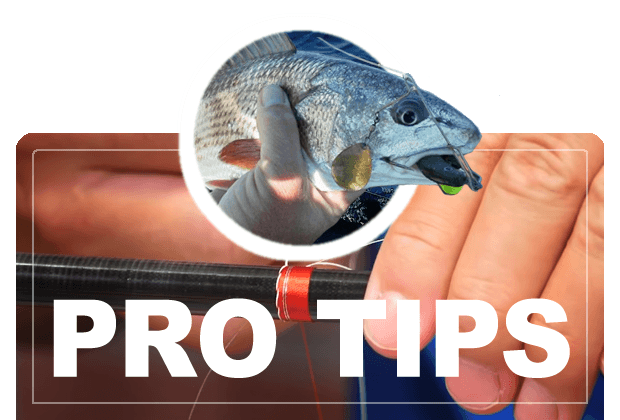How to Build Your Own Custom Fishing Rods (Part 5)
While only five segments can only give you a rudimentary introduction to custom rod building, this is the final segment. I would like to remind you that anyone interested in going further, I do teach custom rod building in detail. You can find more information on my website listed below
Now on to securing and protecting our guide wraps. For thirty-four years I have used Flexcoat two part rod building epoxy. In that time many other companies have produced their versions of rod epoxy. I have developed a system and it seldom disappoints me. Therefore, for me why change? First you need a drying motor that will hold your rod at the butt and rotate it consistently at 6 to 18 rpm (I use 18) and you will need a couple of rod supports to support the length of your rod while you are turning it. These can be bought at rod component suppliers or you can make them. I have both kinds. I also use some shop lights across most of the length of the rod while it is turning to provide additional heat which produces better curing.
Now you have your supported rod turning at 18 rpm and with warming lights turned on for heat. Prepare the epoxy by heating both parts (bottles) with a hair dryer. Using a small measuring cup pour EQUAL parts of the two part epoxy into the cup. Accuracy is very important. Using a paddle type stirrer slowly mix the epoxy for two minutes. It will go from a cloudy mixture to a clear one over the two minutes. Once the mixture is done, pour it onto a sheet of aluminum foil. If there are bubbles gently blow onto the epoxy and the bubbles should go away. Depending on the size of the rod and the size of the wraps you will need an appropriate size brush. Many builders like sable hair brushes while others prefer inexpensive nylon brushes. The sable hair brushes require cleaning after use while the nylon brushes can just be tossed after use. Most of the time I use nylon brushes in 1/8 or ¼ sizes. Using a steady hand ( support your brushing arm with your other arm so it is comfortable) brush the epoxy over the wraps starting with a 1/8th edge and finishing with the same. Do not try to put too thick a coating on; thin is better and after the first coat dries, apply a second coat. I run my rod turners for about six hours and leave my heat lamps on another four hours. Overnight the first coat will dry. The next day apply the second coat using the same technique. I like to let my rods sit for seven days for full cure before using.
Custom rod building is not hard. It just requires a procedure that requires certain steps in a certain order to be successful. Many books have been written on the subject of rod building and I suggest you purchase one as your permanent guide. I did in 1984 and I still refer to it today from time to time. Good luck!
Good Fishing!
Capt. Rick Bennett, Ret.
www.rod-man.com
A lifetime fisherman, Capt. Rick Bennett, better known as the Rod-Man,has retired from the day to day activities as a charter boat captain but does offer “ON YOUR BOAT” Guided Fishing Trips. Capt. Rick will show you the when, the where and the how. From rod and reel selection to terminal tackle to bait, Capt. Rick has the know how.
- Choosing the right fishing line
- Better Casting Can Mean More Caught Fish
- Saltwater Fishing late May and into June
- Flounder from an Artificial Perspective
- Local Carolina Beach fishing in the month of April
- How to Build Your Own Custom Fishing Rods (Part 4)
- How to Build Your Own Custom Fishing Rods (Part 3)
- How to Build Your Own Custom Fishing Rods (Part 2)
- How to Build Your Own Custom Fishing Rods (Part 1)
- Surf Fishing Carolina Beach, North Carolina (Part 2)
- Surf Fishing Southeastern North Carolina (Part 1)
- Exciting shark fishing for everyone.
- Fishing for Mahi-Mahi
- “Specialty” Gear for Inshore Fishing
- Fishing for Spanish Mackerel
- Cobia fishing trips and tips, hard fighting, good eating
- Fishing tips on how and where to catch Black Drum
- How to catch Speckled Trout fishing tips and tricks
- How to catch Flounder, flounder fishing tips and tricks
- How to catch redfish, red drum fishing tips and tricks
- Reds and trout and some flounder are biting on artificials
- Atlantic bonito have been caught at the near shore AR’s. Bluefish have been plentiful.
- The wahoo bite is good and some blackfin tuna and sailfish are in the mix.
- Kings are still way out, but the Gulfstream is producing wahoo and blackfin tune.


